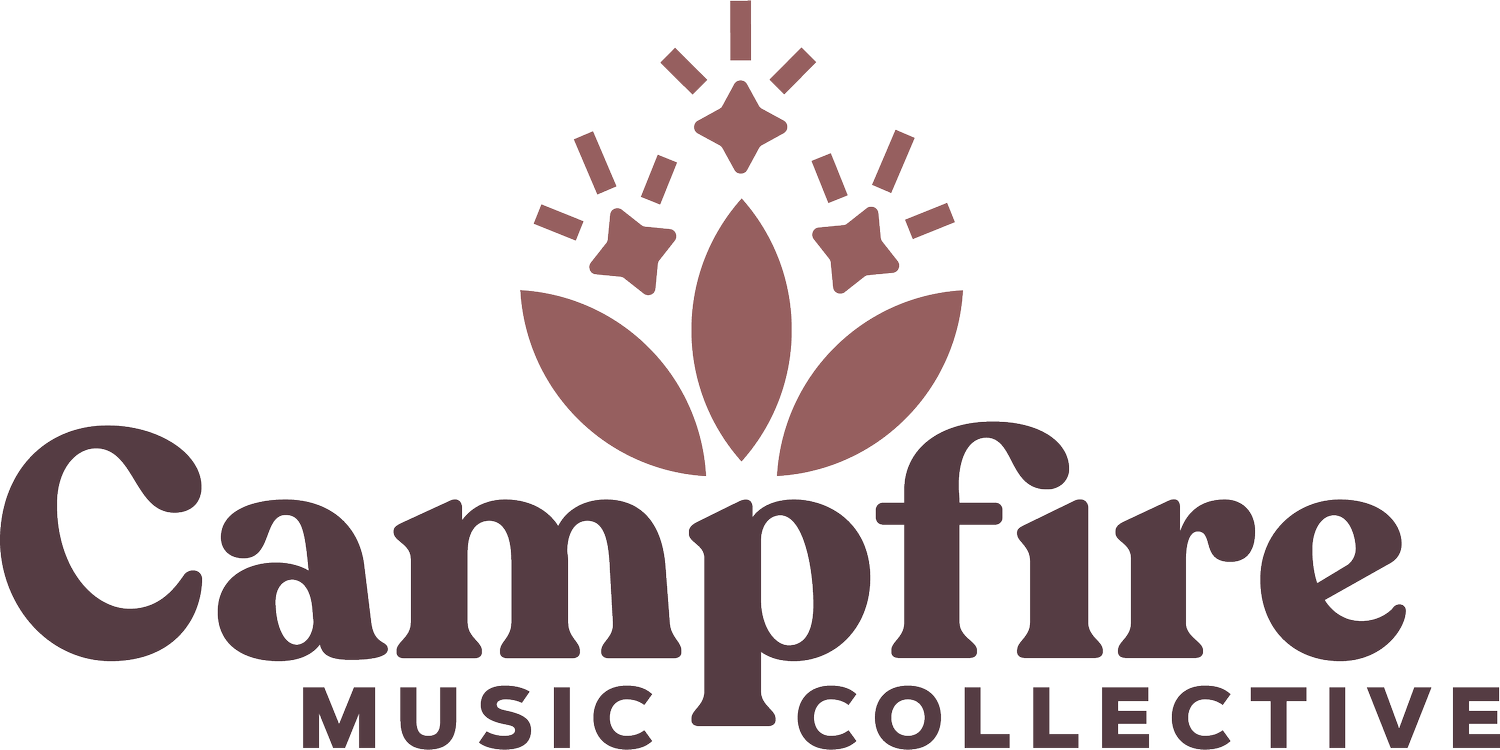Do you need a vocal nebulizer?
We have a pretty dry climate here in Boise, Idaho. This combined with wildfire season can be hard on our voices. Not only do our vocal folds react to our environment, they fluctuate with stress, age, and hormone levels. Sometimes it can feel like our voices are moving targets!
Of course, the best way to help your singing voice acclimate to these constant changes is through certified vocal coaching. If you’re already enrolled in voice lessons and are looking to give your vocal chords a little extra love, read on for our recommendations* (not medical advice) and a touch of singing science!
First thing’s first: hydration is always key! So before you start ordering fun gadgets, be sure you’re drinking enough water to hydrate your vocal folds from the inside out. This is why you’ll always see us with a mug of herbal tea in hand!
Next you can dive into topical vocal aids like steamers and nebulizers. “What’s the difference?” you might ask… In essence, steam has larger water droplets which can help irrigate and soothe your nasal passages. Nebulizers break down water or saline droplets even smaller to reach your vocal folds and lungs. Now here comes the necessary disclaimer: we aren’t doctors — please consult with a medical professional when making decisions about your body and vocal health. In this post we’re referencing our personal experiences and citing vocal studies, not giving medical advice.
When we sing, we require energy to produce sound, referred to by voice folks as “perceived phonatory effort” or “perceived phonatory exertion” (PPE). As the experience of singing is unique to each individual, reporting PPE is highly personal. That said, all vocal folds need a minimum “phonation threshold pressure” (PTE) in order to oscillate. While this metric is more measurable, PTE varies from person to person depending on their specific anatomy and current vocal health. There’s never one universal experience when it comes to the voice!
Recent studies have shown that nebulization of isotonic saline (sodium chloride 0.9%, as opposed to sterile water) increases superficial vocal fold hydration, thus decreasing PPE. What’s even cooler, nebulizing isotonic saline is the only treatment shown to reduce PTP. Hooray for singing with greater ease!
In short, prioritize your overall hydration above all else. You can always calm your vocal tract with traditional humidifiers and steamers. But if you’d like to give your voice the VIP spa treatment, it seems that the nebulization of saline is the way to go!
Here’s what we use:
Base Laboratories Isotonic Saline — for gentle daily hydration
Base Laboratories Hypertonic Saline — if we’re feeling under the weather
*Campfire Music Collective is a participant in the Amazon Services LLC Associates Program, an affiliate advertising program designed to provide a means for sites to earn advertising fees by advertising and linking to amazon.com. Amazon offers a small commission on any products purchased through affiliate links at no additional cost to you. Your purchases help support our work in bringing you quality music resources beyond in-person instruction.

